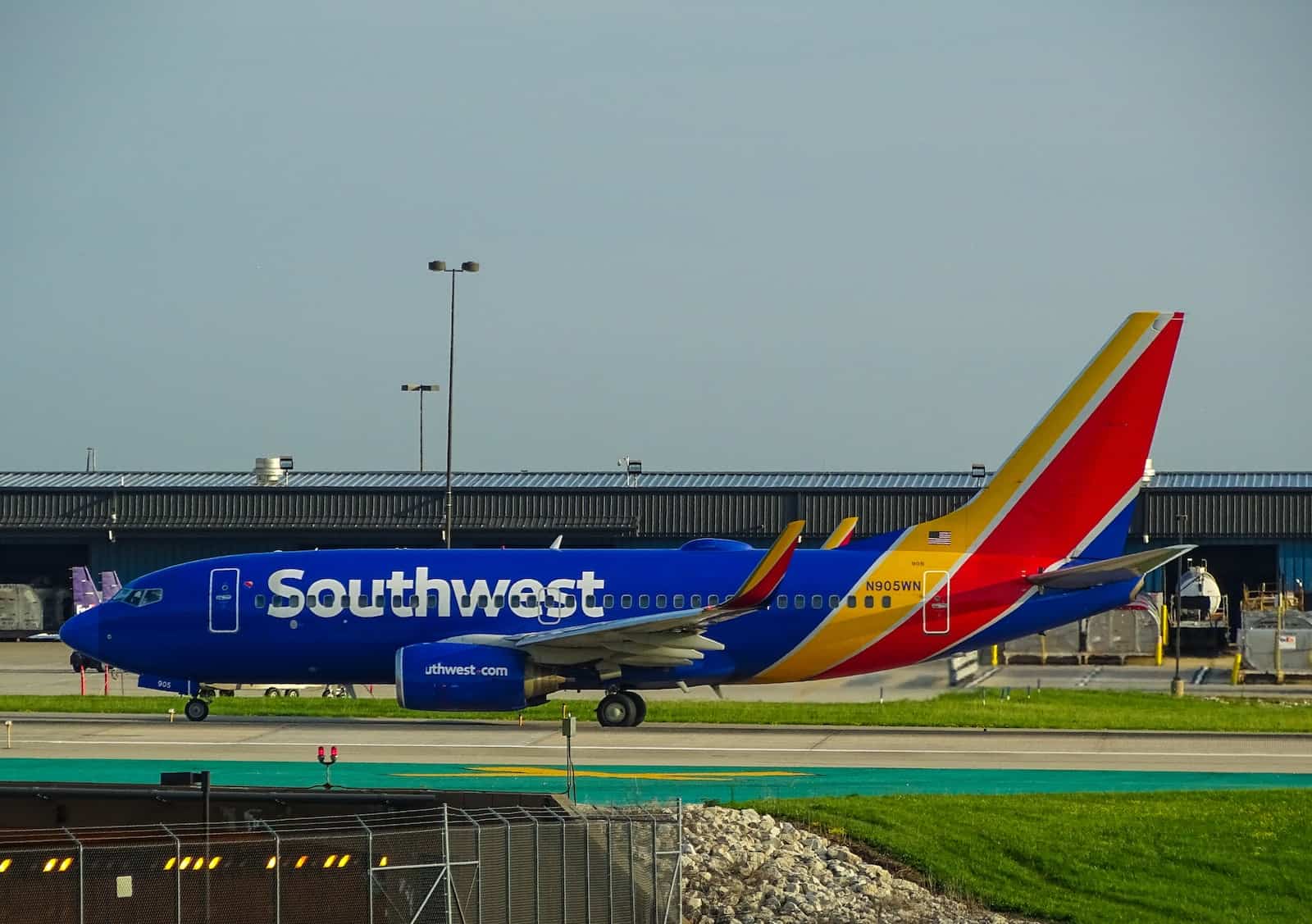
Southwest Airlines Pilots Association (SWAPA) recently announced that the majority (99%) of its members voted to authorize a strike, citing recent technical and operational issues as reasons for the strike. The union’s president, Casey Murray, also expressed disappointment with the lack of leadership and prioritization at the airline. However, Southwest maintains that it is committed to negotiating a new agreement with its pilots and avoiding any disruptions to travelers’ plans. It is important to note that the vote to authorize a strike is just the first step in a lengthy process before any actual work stoppage can occur, including involvement from the National Mediation Board and a mandatory cooling off period. While the strike authorization vote is significant, it is best viewed as a negotiating tactic for both parties involved in contract negotiations. [1][2]
The vote to authorize a strike is a crucial component of any bargaining process. However, it is crucial to remember that it is only an initial step in a long procedure before any workers actually go on strike. This process includes participation from the National Mediation Board and a legally required cooling off period.
Despite its significance, the vote to authorize a strike should be regarded as a bargaining tactic by both sides involved in contract negotiations. This approach allows the workers to demonstrate that they are serious about their demands and that they are willing to take drastic action to achieve their goals. Simultaneously, it puts pressure on management to negotiate in good faith and to prioritize the interests of their employees.

Overall, the vote to authorize a strike represents an important symbol of the power dynamic at play in any labor dispute. Nevertheless, it is important to understand that it is only a preliminary step and that the actual strike may not occur if the two parties can work out a fair and just contract. Furthermore, striking can have significant consequences not only for the company and its employees but also for the broader community and economy. It disrupts operations and can lead to lost revenue, decreased productivity, and even layoffs. Therefore, both management and workers should approach negotiations with a willingness to compromise and find common ground.
Ultimately, the goal should be to reach a mutually beneficial agreement that addresses the concerns and needs of both sides. A successful negotiation can not only avoid the negative impacts of a strike but also foster a more positive and productive working relationship between labor and management. It is crucial that both sides prioritize the well-being of all stakeholders involved and strive for a fair and sustainable solution. In order to achieve this goal, it is important to establish clear communication and a willingness to listen to each other’s perspectives. Both labor and management should come to the negotiation table with specific goals and priorities in mind, but also remain open to compromise and creative solutions.
Additionally, it may be helpful to involve a neutral third party mediator to facilitate the negotiation process and ensure that both sides are being heard and given equal consideration. By working together to find common ground, labor and management can build a stronger foundation for collaboration and ultimately promote a more positive and productive working environment for everyone involved.









